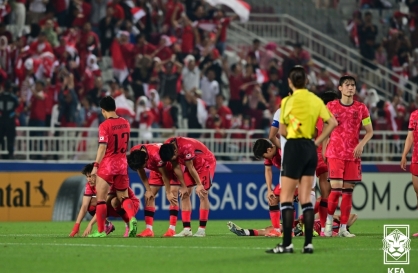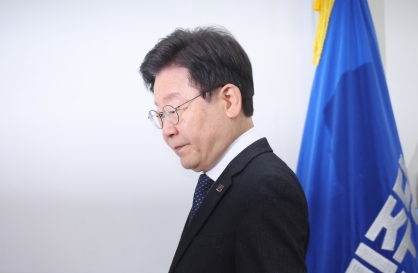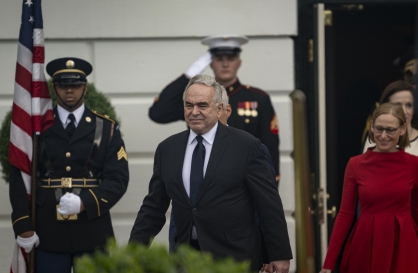The Air Force is drawing criticism for not disclosing a failed live fire drill conducted in June using a $1.7 million air-to-ground missile.
According to reports, the Air Force conducted a live fire drill with a SLAM-ER missile on June 15. The weapon, fired from an F-15K fighter jet, failed to reach its target and fell into the sea.
The Air Force conducted a similar drill on June 17, in which the weapon functioned as intended, and the film taken at the time was revealed on Nov. 23, the first anniversary of North Korea’s attack on the Yeonpyeong islands.
“The situation can’t be described as the Air Force hiding the information, as it is not customary to make announcements of test fire results regardless of whether they are successful or not,” an Air Force public relations officer said. He added that the Air Force is currently trying to determine the cause of the failure.
“The remnants (of the SLAM-ER missile) were not found as the test was conducted over water, and the investigation is being conducted using data collected at the time of the drill. There are plans to check other SLAM-ER missiles in our possession for defects.”
With a range of 280 kilometers, Boeing’s SLAM-ER is currently the Korean Air Force’s longest range air-to-ground weapon that can be fired from fighter jets.
The SLAM-ER missile was first incorporated into the Korean Air Force’s armory in 2006. However, the Air Force did not conduct live-fire drills with the newly deployed weapon until 2008. Since then the weapon has been used in live fire drills twice, including the failed attempt.
By Choi He-suk
(cheesuk@heraldcorp.com)
-
Articles by Korea Herald









![[Hello India] Hyundai Motor vows to boost 'clean mobility' in India](http://res.heraldm.com/phpwas/restmb_idxmake.php?idx=644&simg=/content/image/2024/04/25/20240425050672_0.jpg&u=)










